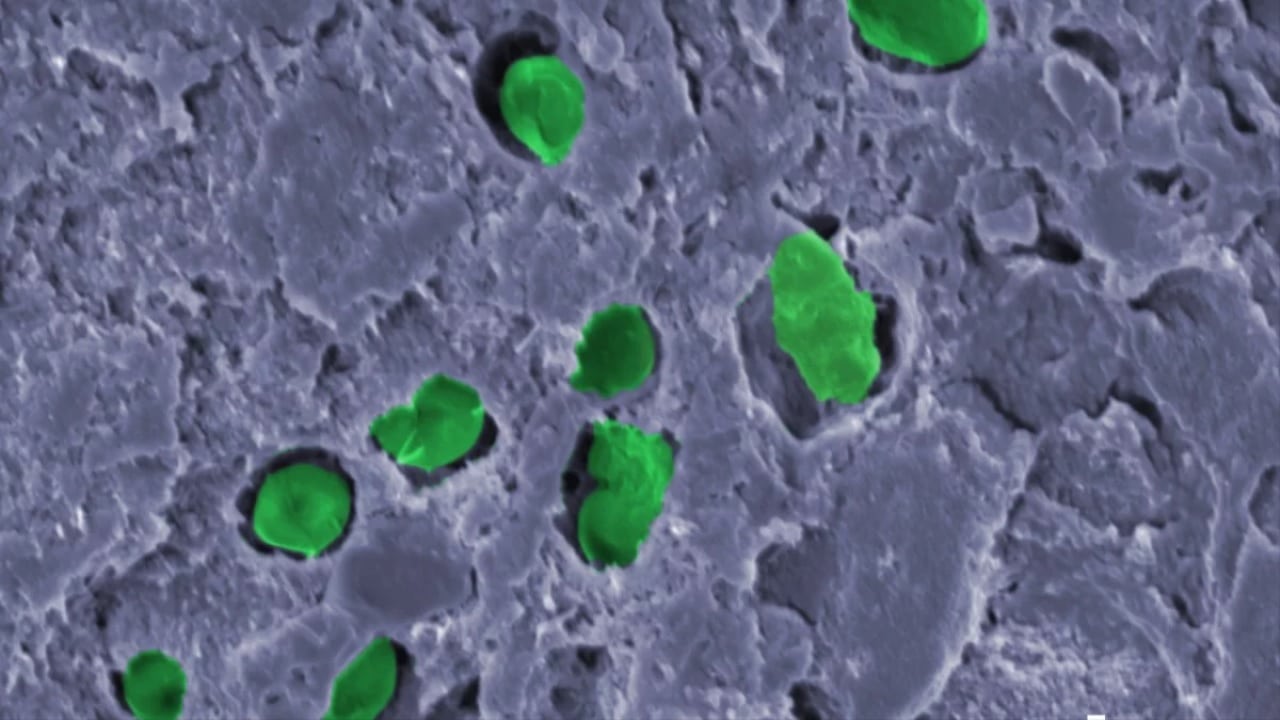
Recently, interest in coatings—live bacteria entrapped within an aqueous polymer coating for a variety of potential applications—has increased. Biocoatings can be a ready-to-use alternative for carbon capture or biofuel production in bioreactors and can be recycled multiple times.
A new study by scientists at the University of Surrey suggests a new paint that can generate oxygen while capturing carbon. This new innovative paint – 'biocoating’ or 'green living paint’ – contains oxygen-producing bacteria capable of capturing carbon dioxide (CO2).
This new paint contains the bacteria Crococidiopsis cubana, which undergoes photosynthesis to produce oxygen while capturing CO2. This bacterium is commonly found in deserts and requires little water to survive.
The scientists immobilized Crococidiopsis cubana in a mechanically stable biocoating made from polymer particles in water, which were completely dried before rehydrating, to test the bacteria’s suitability as a biocoating. They found that the bacteria in the coating sequestered CO2 and produced 0.4 grams of oxygen for every gram of biomass each day. Over a period of one month, repeated oxygen measurements revealed no signs of decreased activity.
On the other hand, a cyanobacterium commonly found in fresh water is Synechocystis sp. Comparable experiments were performed using Unlike its desert counterpart, oxygen cannot be generated within the coating.
Dr Susie Hingley-Wilson, Senior Lecturer in Microbiology at the University of Surrey, said: „Increasing greenhouse gases in the atmosphere, especially CO2, and concerns about water scarcity due to rising global temperatures, we need innovative, environmentally friendly and sustainable materials. Mechanically robust, ready-to-use coatings or 'living paints’, typically in water-intensive bio-based processes Reducing water consumption can help address these challenges.
Simone Krings is the lead author and former postdoctoral researcher in the Department of Microbial Sciences at the University of Surrey. said: „Photosynthetic Crocodiopsis have an extraordinary ability to survive in extreme environments after drought and high levels of UV radiation exposure. This makes them potential candidates for Mars colonization.
Professor Joseph Geddy, Professor of Soft Matter Physics in the School of Mathematics and Physics at the University of Surrey, said: „Our research grant from the Leverhulme Foundation made this interdisciplinary project possible. With the vision of our Institute for Sustainability, where Dr. Hingley-Wilson and I are partners, we see our biocoatings contributing to a more sustainable future.
Journal Note:
- Simon Krings, Yuxiu Chen et al. Oxygen evolution from vigorous cyanobacteria is difficult. Microbiological spectrum. DOI: 10.1128/spectrum.01870-23

„Oddany rozwiązywacz problemów. Przyjazny hipsterom praktykant bekonu. Miłośnik kawy. Nieuleczalny introwertyk. Student.
